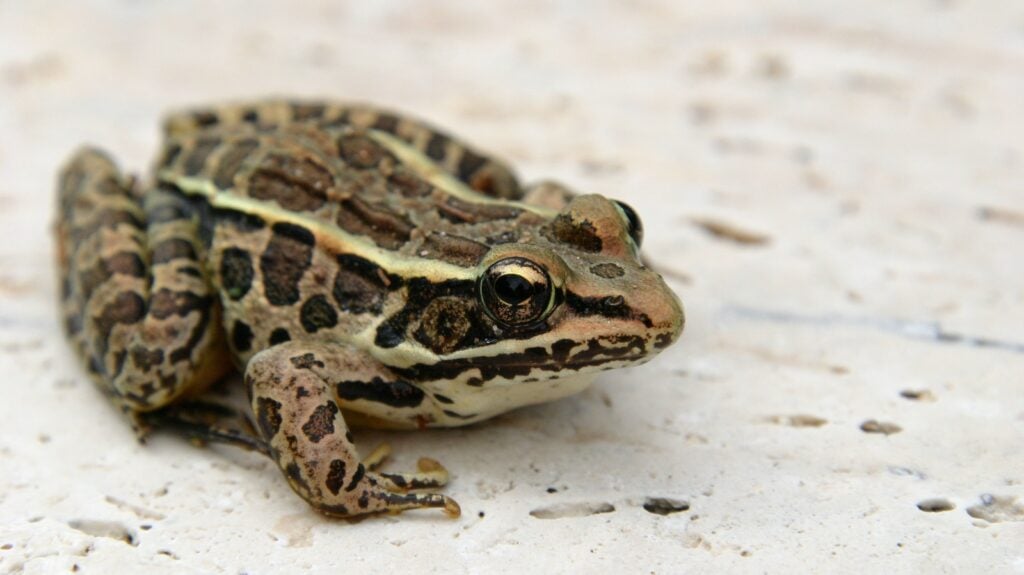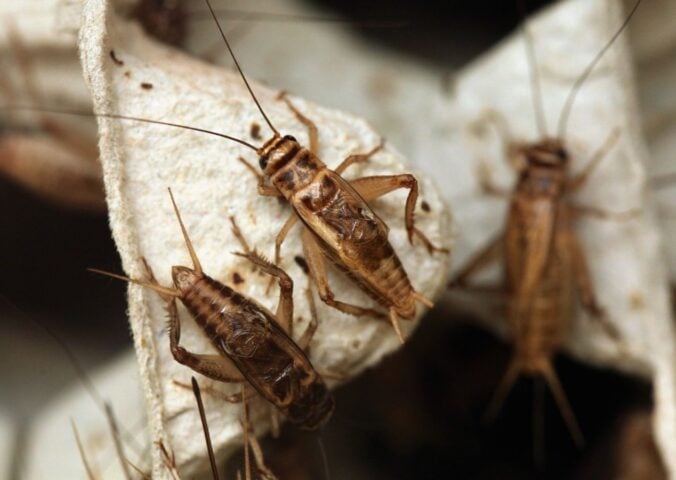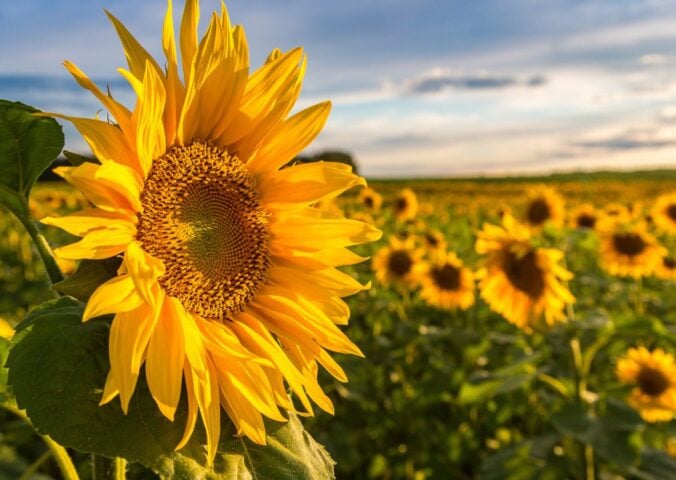The planet is facing its sixth mass extinction, the first in 65 million years. And biodiversity is in peril.
This is the startling discovery of scientists worldwide who are engaged in biodiversity research. An estimated eight million species of animals, plants, and fungi currently exist on earth. But the international biodiversity council IPBES states that just a small percentage has been formally documented.
This means that when some die out, we may never know. The issue is increasingly pressing; experts predict one million species will become extinct by 2030. This equates to one unique lifeform being erased every 10 minutes. Sometimes, without ever having been acknowledged.
Taking action to protect biodiversity
Underestimating the gravity of the situation is not an option. Scientists have frequently reiterated that a planet without adequate biodiversity will not be able to sustain life. This includes the almost eight billion humans already in existence.
To address the worrying loss of species, the second installment of the UN Biodiversity Conference aims to agree on an international protective framework. The event, held in Montreal, Canada, will welcome almost 200 countries. The framework is currently being drafted in Nairobi, Kenya, with all nations hopefully agreeing to work together in the future.
Why biodiversity is a life or death issue
Biodiversity impacts almost every facet of human life.
Food, water, fuel, medications, and more are all derived from natural resources. A reduction in these resources can and will limit our ability to adapt and thrive. More than 60 percent of all cancer treatments are nature-derived. This makes the pharmaceutical sector explicitly dependent on natural resources.
A widely understood relationship is that between pollinating insects and food crops. Less known is the fact that more than two-thirds of all crops need such creatures. A third of all insects are on the brink of extinction already. Industrialized agriculture sectors, including animal rearing, are the biggest threat, due to the use of pesticides and fertilizers.
Urbanization, global warming, and deforestation contribute significantly too. When it comes to the latter, the meat industry is the biggest culprit.
“The progressive decline of our ecological capital poses the greatest threat to all of humanity — because once it’s lost, it’s lost forever,” says Klement Tockner, director of the Frankfurt-based Senckenberg Society for Nature Research.
What is putting biodiversity at risk?
Humans are the number one cause of biodiversity loss due to industrialization, commercial fishing, and general natural infrastructure change. It was estimated back in 2014 that if humans were not on the planet, the extinction rate would be 1,000 times lower.
Apathy and lack of consequential awareness play a major role in the lack of biodiversity stewardship.
Johannes Vogel, director of the Berlin Museum of Natural History explains how small changes in nature can have an enormous impact. “Frogs are currently dying out worldwide because of a fungus spreading due to climate change,” he told DW.com.
“Frogs eat a lot of mosquito larvae, for example, so there will be more mosquitoes in the future — and mosquitoes cause more deaths globally than any other organism.”
Climate change and biodiversity are separate but intertwined issues
Though frequently lumped in together, the two are very different complexities. The climate crisis has some clear targets and actionable methodologies, bound up in international treaties like the Paris Accord. Generally, preemptive action to negate further climate damage is accepted as vital.
Biodiversity, however, only becomes a pressing matter when more loss is recorded and that loss has an impact on human existence. In 1992, the UN Conference on Environment and Development adopted the international Convention on Biological Diversity (CBD).
Member countries declared intent to improve their conservation efforts and sustainable economic policies. But they remain notoriously quiet about their self-imposed conservation targets and actions taken.
Climate change is responsible for some extinction. Research suggests around eight percent, so tackling the two symbiotically is a scientifically-approved approach.
Action being taken
The upcoming UN Biodiversity Conference will see a formal plan to protect 30 percent of the planet’s land and sea placed by 2030. Details are yet to be clarified concerning the definition of protection and the allocation of stewardship between all member countries.
A potentially contentious issue will be the connection between wealth and biodiversity loss. Wealthier countries typically have greater levels of habitat disruption, due to industrialization. Less buoyant nations enjoy greater levels of biodiversity. As a result, the latter are calling for financial support and more meaningful participation in global conservation from rich countries.






